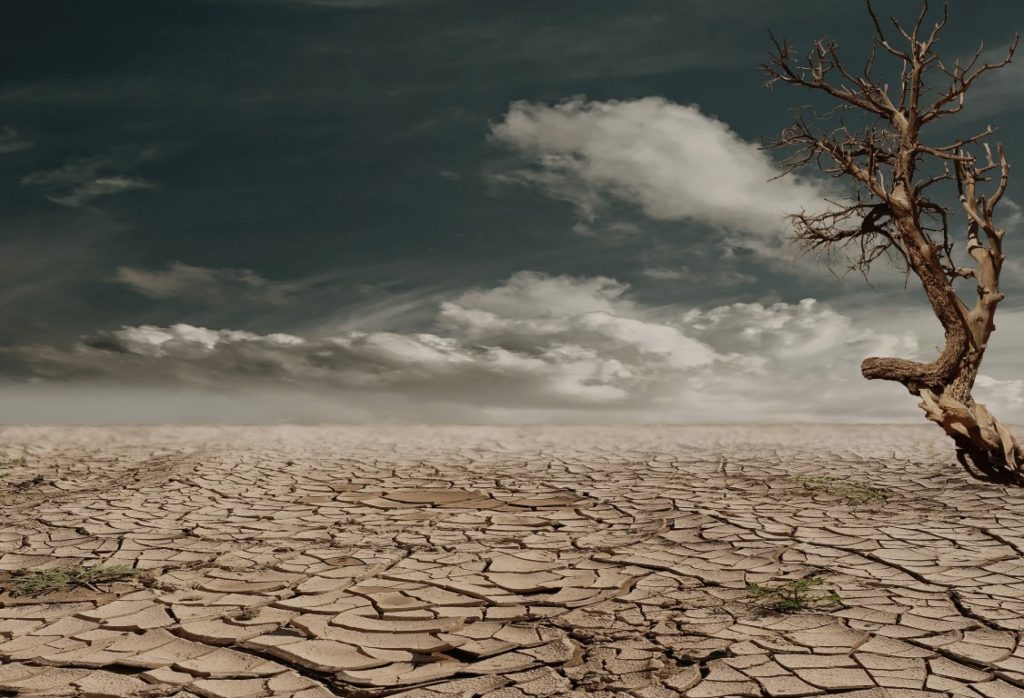Drought is a worldwide occurrence. What makes drought difficult to manage, however, is that it is erratic. In other words, unlike natural disasters such as hurricanes, drought tends to sneak up and stay for as long as it likes. Today, we have a look at drought statistics.
Drought types
The National Centers for Environmental Information (NOAA) lists four types of drought:
- Meteorological drought is when dry weather patterns affect an area.
- Hydrological drought is when there is a marked low water supply.
- Agricultural drought is when crops are affected.
- Socioeconomic drought is when the demand for goods exceeds supply.
The cost of drought
As you will see from global drought statistics, drought is a billion dollar disaster event. In a study of the cost of drought, the NOAA saw drought second to only tropical cyclones. Coming in at $22.3 billion per event, since 1980, tropical cyclones have caused more than half of the total losses from billion-dollar US climate disasters. Drought comes in at $9.6 billion per event. If disaster stats interest you, the ways of calculating price tags in the US is given on the NOAA website.
The impact of drought in South Africa
AgriSA’s Agricultural Drought Report for 2019 listed similarly disturbing numbers for South Africa. The agricultural sector, for example, lost 31,000 jobs and R 7 billion in turnover. In 2018, Cape Argus also wrote that drought had cost Cape agriculture R 5.9 billion in revenue. And they were right to say that the effect would be felt for the next two to three years.
Drought statistics
If we take a look at AgriSA’s 2020 report, we find a less than positive outlook for farmers. At the AgriSA press briefing in November 2019, the panel asked government to acknowledge the drought as a crisis and to put in place measures that will lessen the effects of the drought. Executive director of AgriSA, Omri van Zyl, also said: “The number one priority is that South Africa remains food secure – which it is already battling to do.”
Drought Statistics Part 2

